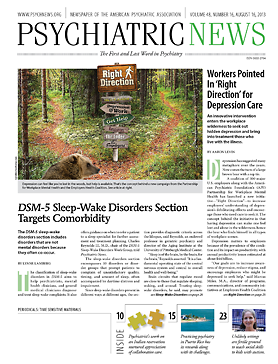Ten years ago, the Food and Drug Administration (FDA) issued a set of regulations, known as the “electronic labeling rule,” to require manufacturers to submit drug labeling information electronically to the agency, so that FDA-approved drug information can be accessible on the Internet and through electronic medical record systems.
Today, this electronic labeling system exists in parallel with the old paper-based system, creating potential redundancy and inconsistency. Whether paper labeling for medications should be eliminated is a topic of debate, with no consensus among industry, regulators, pharmacists, physicians, and patient advocates, according to a report by the Government Accountability Office (GAO) released July 8.
In the regulatory context, drug labeling refers to FDA-approved prescribing information (also known as the package insert), whose target readers are health care professionals who prescribe and dispense medications; the patient package insert, which is given to patients when they receive the drug; and the Medication Guide, which is also intended for patients and specifically required for certain drugs deemed to pose high safety risks.
Drug labeling in this context does not refer to the information printed on the cartons and containers of drug products.
The content of each drug labeling, which includes the drug’s indications, dosage, efficacy, pharmacology, and warnings and precautions, must be approved by the FDA. Manufacturers are required to update the approved labeling content to the FDA’s electronic labeling depository within 30 days of approval of a new drug or a revision to the previously approved labeling. The approved labeling is then posted on the FDA’s dedicated Web site at http://labels.fda.gov and the National Library of Medicine’s DailyMed Web site at
http://dailymed.nlm.nih.gov/dailymed.
Drug manufacturers and others have advocated eliminating paper labeling, leaving electronic labeling as the sole source of this information. This would ensure that only the most current FDA-approved labeling information is publically available soon after a labeling change is made. Paper labeling cannot be updated, printed, and distributed promptly, resulting in potential inconsistency between the electronic labeling and still-circulating paper labeling.
Revisions to drug labeling occur often and may include new indications, newly recognized side effects, and added safety warnings. As more drugs are getting approved by the FDA under the condition of postmarketing safety studies or surveillance, labeling changes have increased in the past few years. FDA officials told the GAO that there were 747 labeling changes in 2010, 975 in 2011, and 1,357 in 2012.
Electronic labeling information is easier to read, as it is subject to a minimum font-size requirement and can be easily enlarged on a computer screen. The font size on a paper package insert is limited by space and tends to be very small.
Other advantages of electronic labeling cited in the report include convenience of searching for specific information and ease of translation into other languages.
Nevertheless, the GAO report outlined objections to substituting paper labeling with an electronic format. FDA officials told the GAO that eliminating paper labeling will require certain federal regulations, which currently require prescribing information to be “in or with” the drug packaging, to be rewritten. Pharmacies are concerned that the potential cost and liability of printing and providing labeling information to patients will be shifted from the drug manufacturers to pharmacists. Patient advocates say that not all patients have access to the Internet or are able to find the right information easily.
The GAO examination of the impact of completely switching to electronic labeling was mandated by the Food and Drug Administration Safety and Innovation Act of 2012. ■
